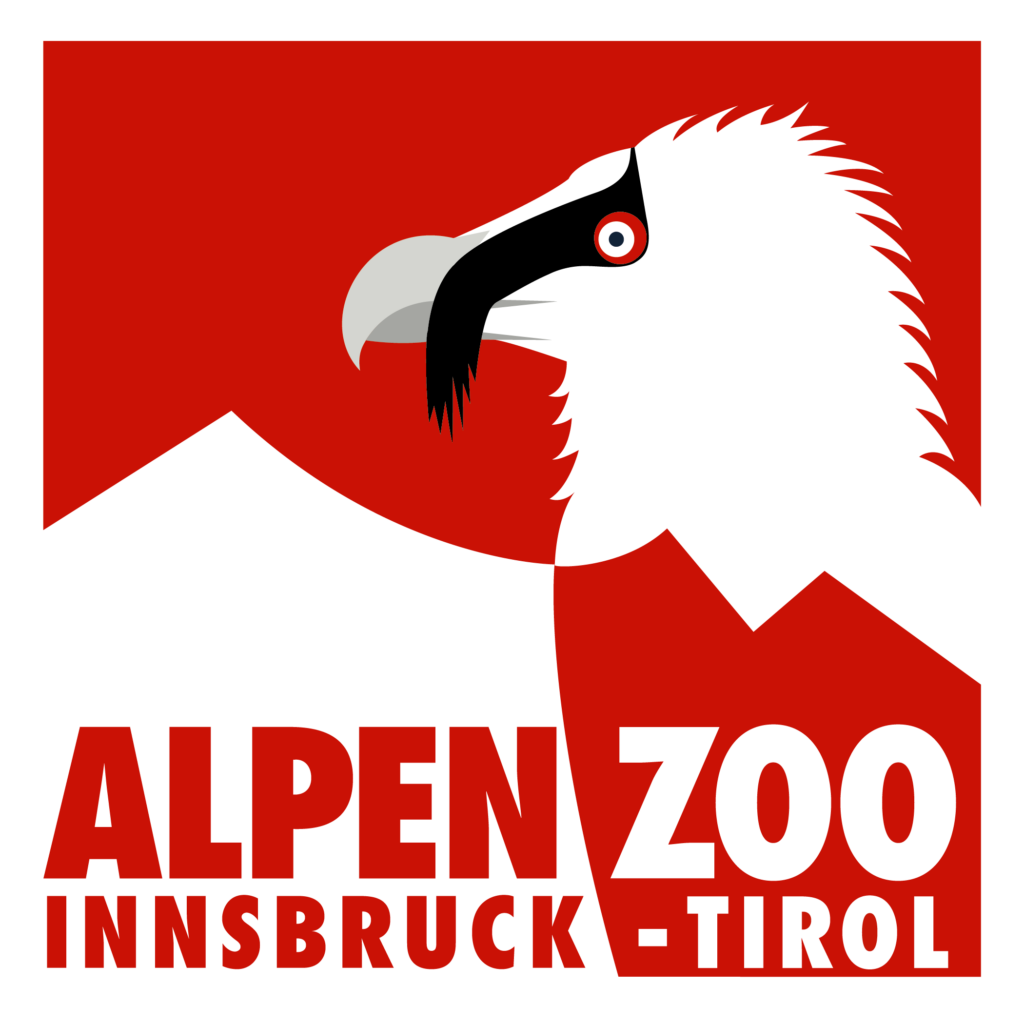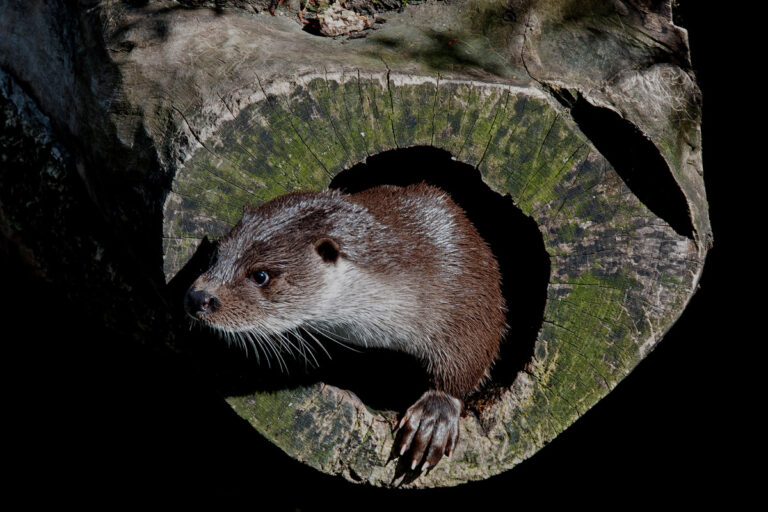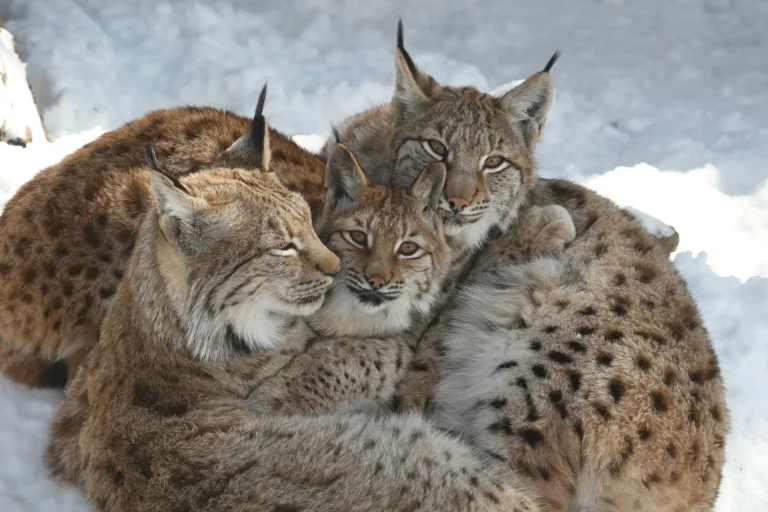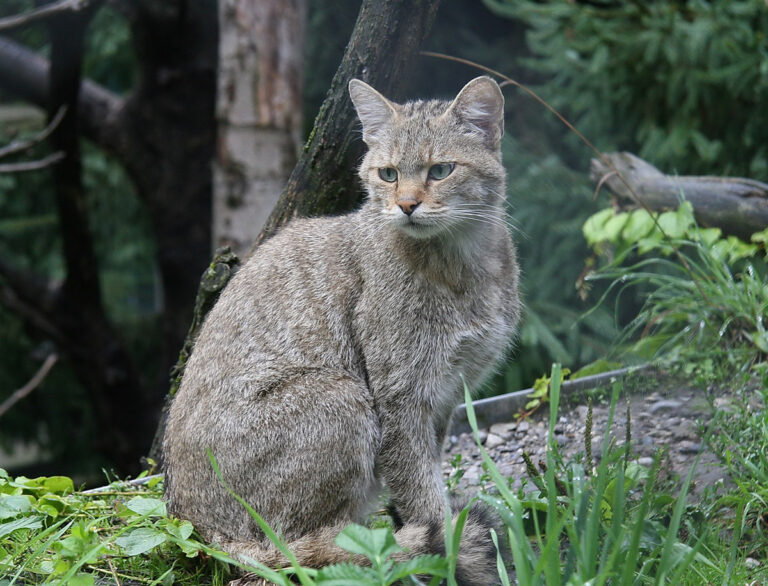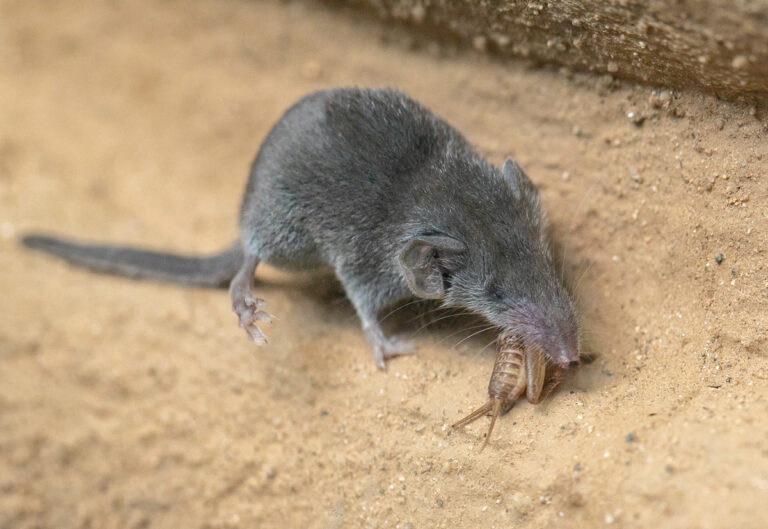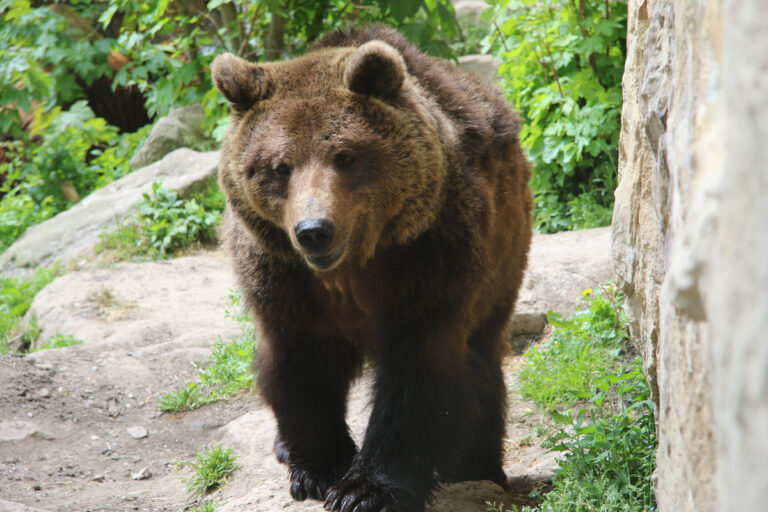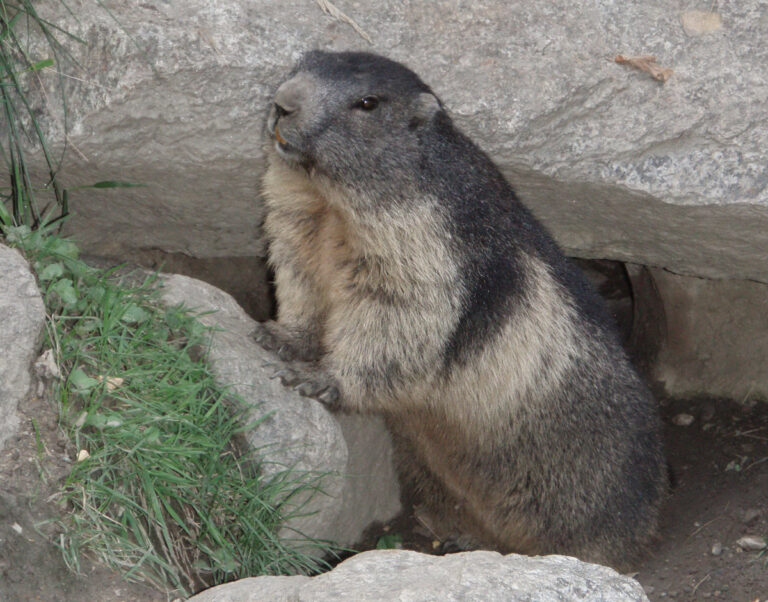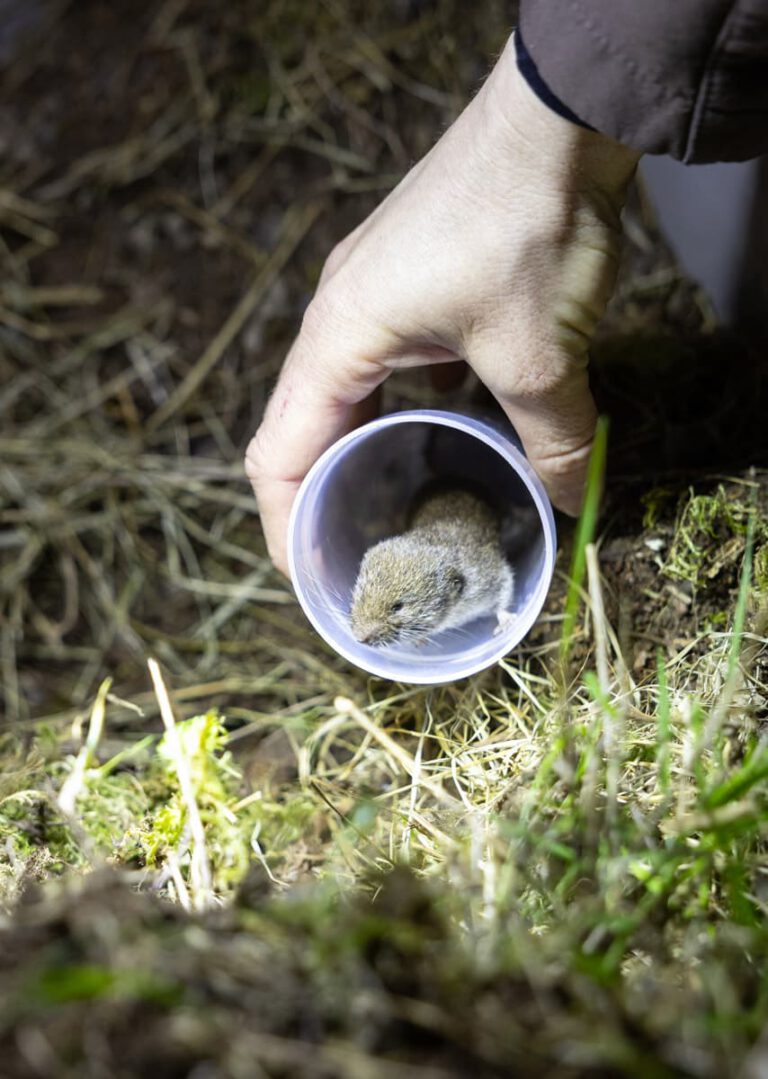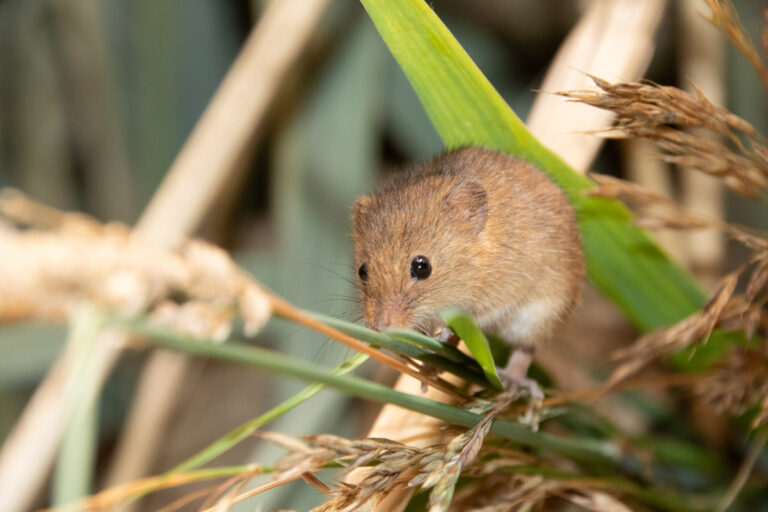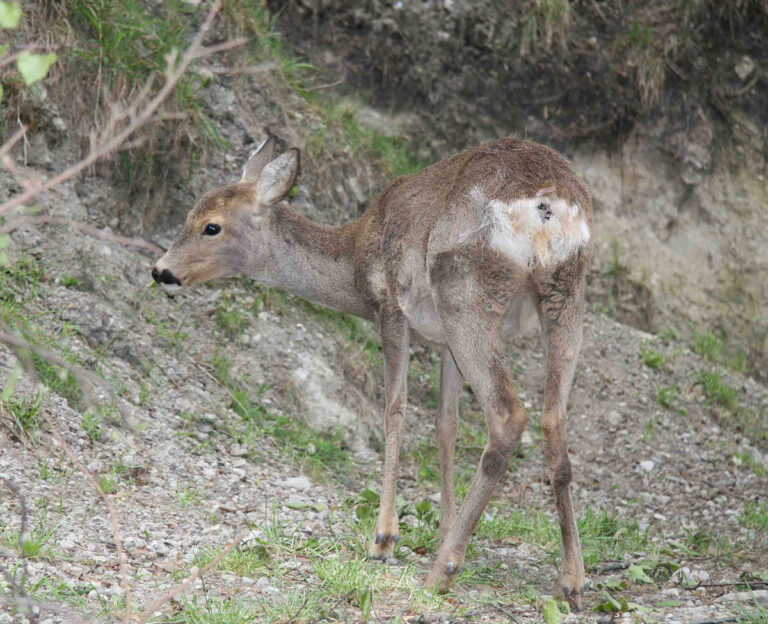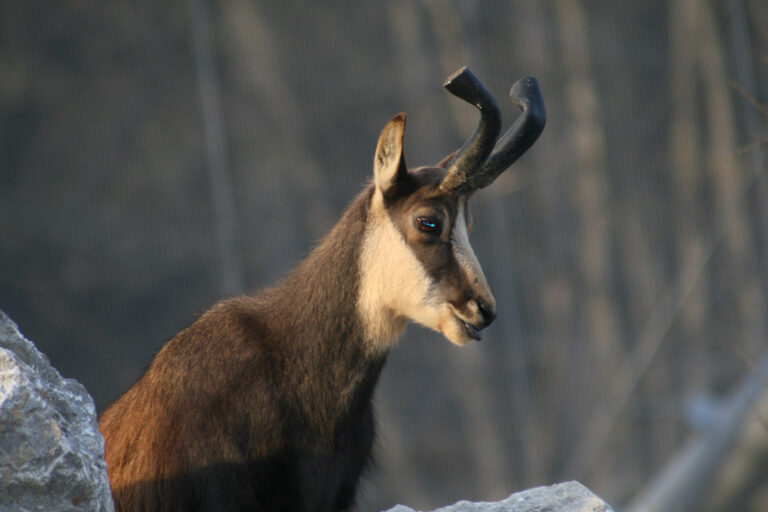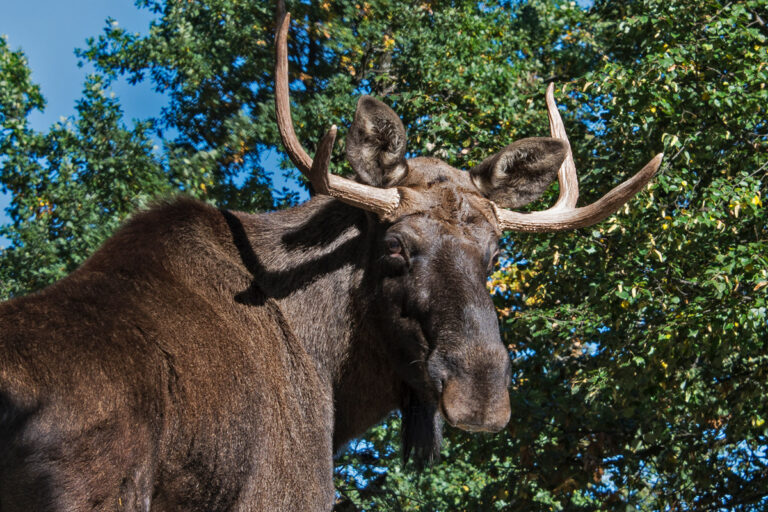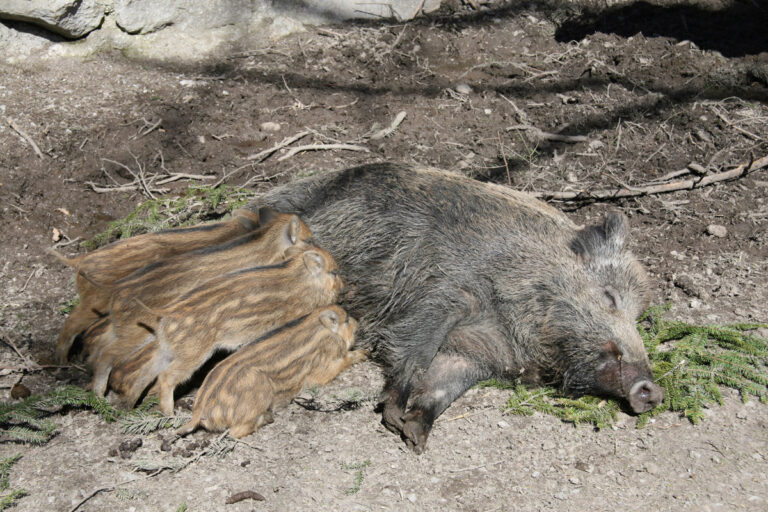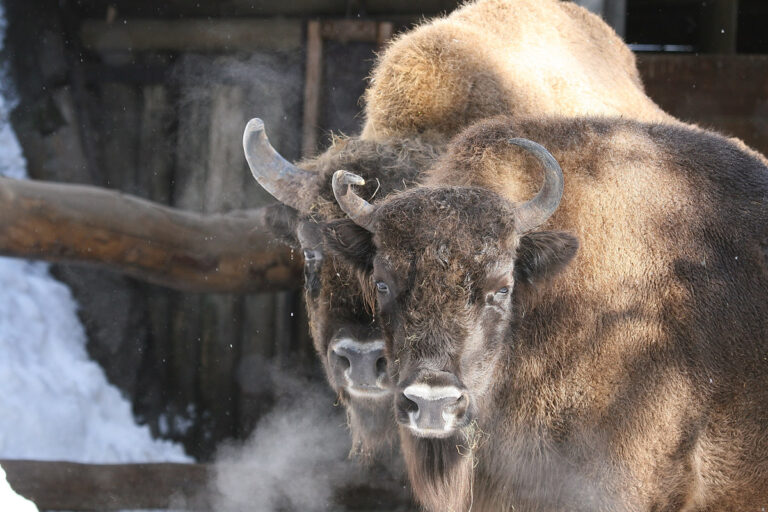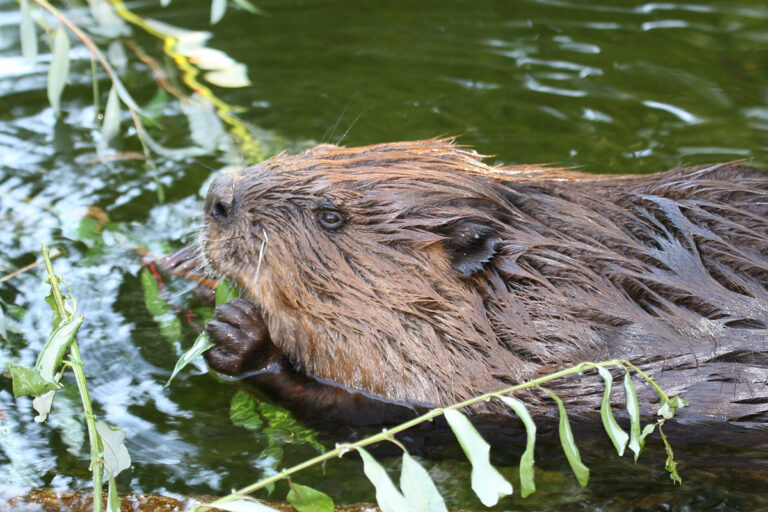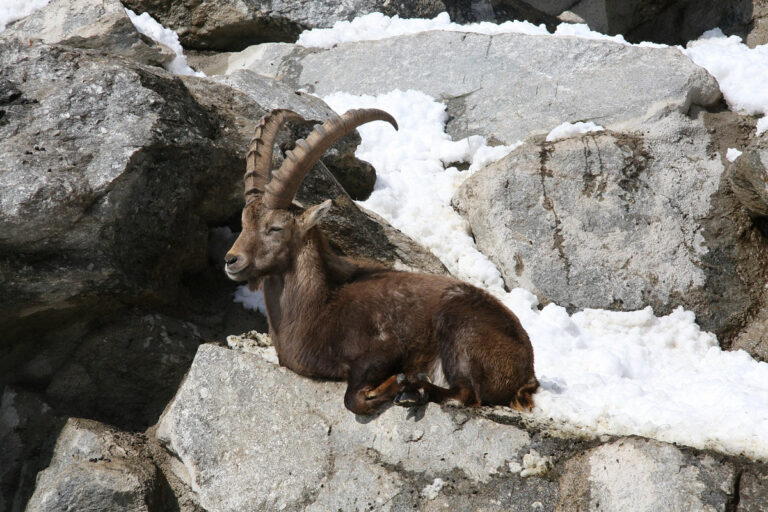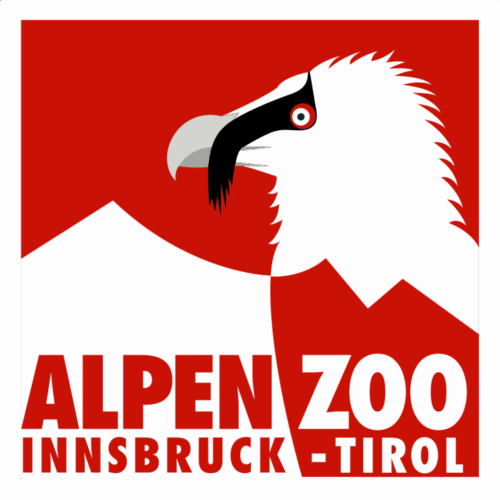Wolf
Wolves live in packs with a strict hierarchy, separated into males and females. Group living enables better defence of territory and hunting of large prey such as red deer, elk, wild boar or livestock. Only the highest-ranking pair produces offspring. The other members of the pack take part in the rearing. The wolf is the ancestor of all dog breeds. Domestication already took place in the Palaeolithic Age. In Central Europe, the wolf was wiped out in the 18th and 19th centuries. For a few years now, individual animals have been migrating from the Apennines, Italy, towards Switzerland, from Slovenia to Austria and from Poland to Germany. To this day, no other animal species is judged as differently and often incorrectly as the wolf. Until the 20th century, wolves were caught and killed in wolf pits. At the Alpine Zoo, we are showing a lifelike replica of such a wolf pit from East Tyrol, which still exists but is no longer used. When the church bells of Innsbruck ring, the wolves in the Alpine Zoo begin their "telecommunication", the howling that can be heard from afar.
- Wolves are carnivores. While they can devour huge amounts of meat - up to over 10 kilograms - in one day, they are also able to go without food for a fortnight.
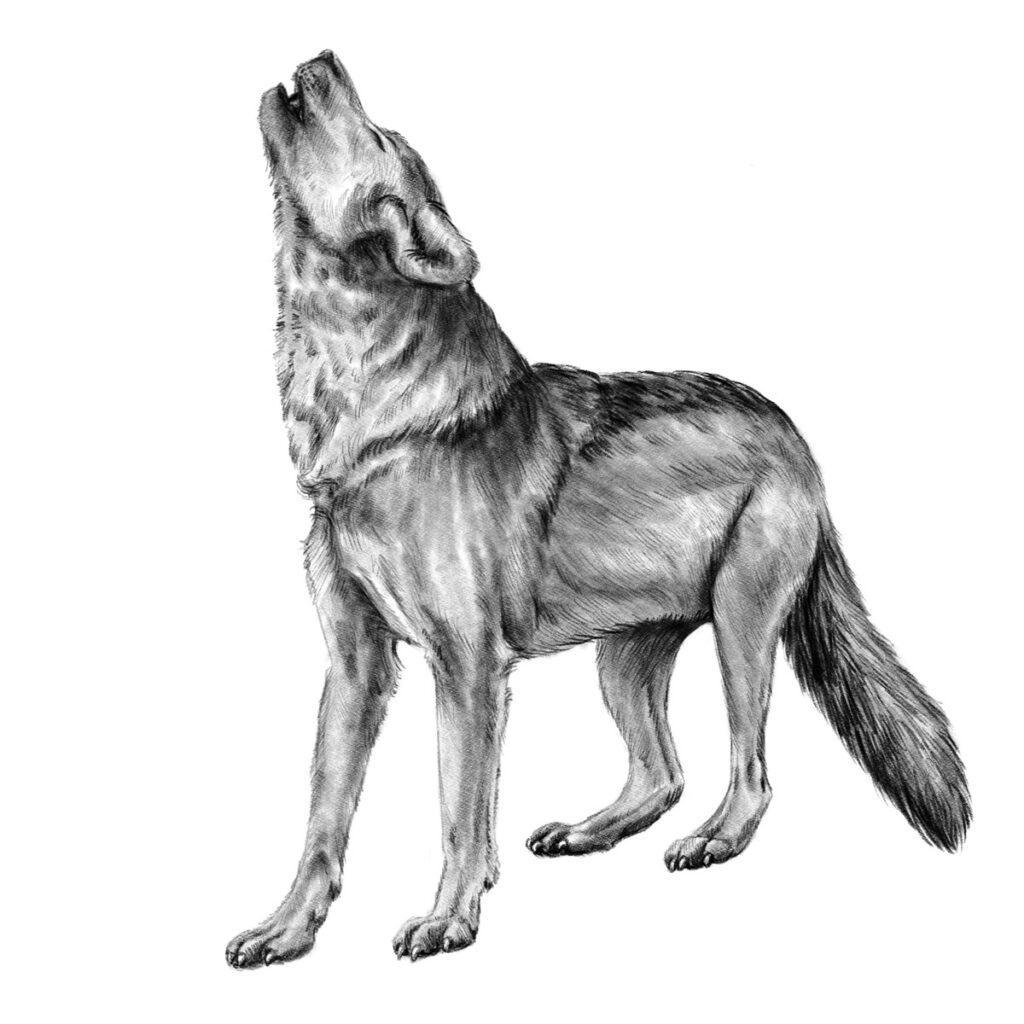
SCIENTIFIC NAME
Canis lupus lupus
AGE
- up to 15 years
FOOD
- Small mammals
- Even-toed ungulates
FINE
- only the human being
WEIGHT
- up to 40 kg
100 - 150 cm
OTHER MAMMALS
We look forward to seeing you
Experience a fascinating world full of adventure and amazing animal encounters. Plan your visit to the zoo now and immerse yourself in the heart of nature!
